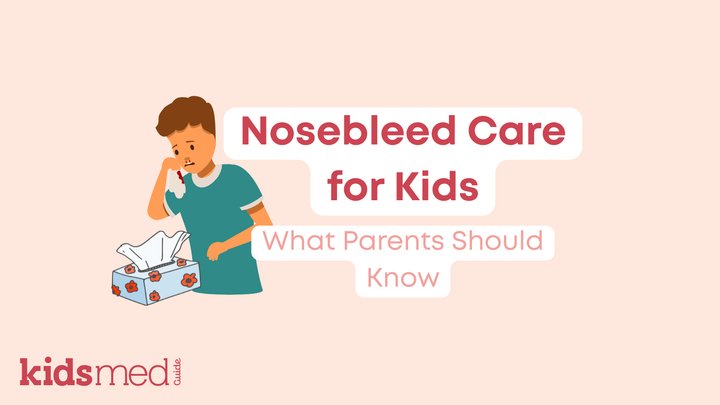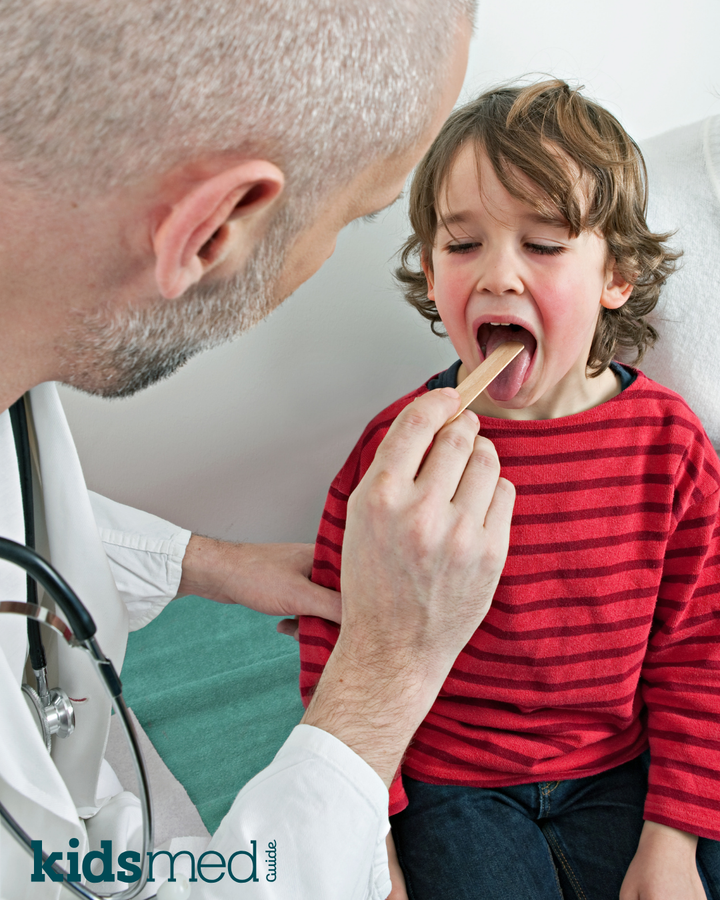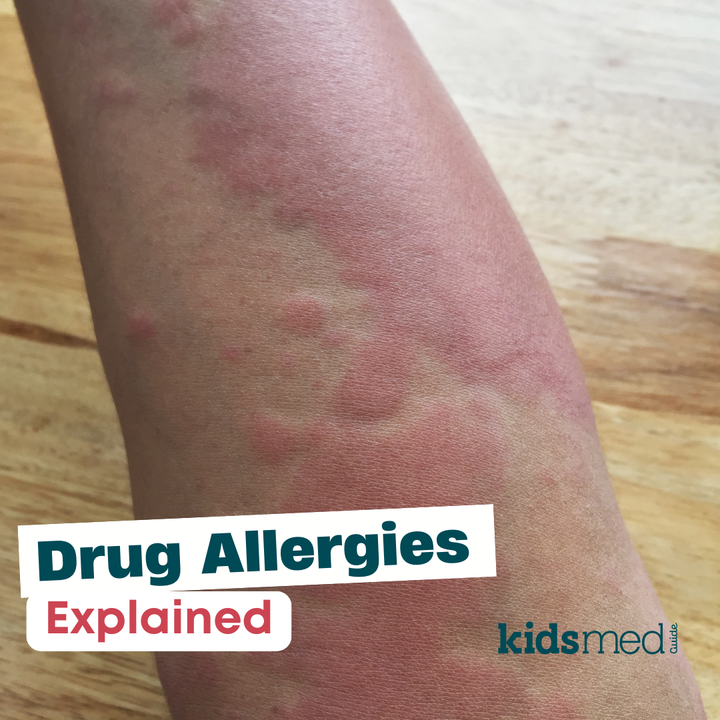Hand, Foot, and Mouth Disease in Kids: Prevention and Treatment Tips from a Pediatric Pharmacist
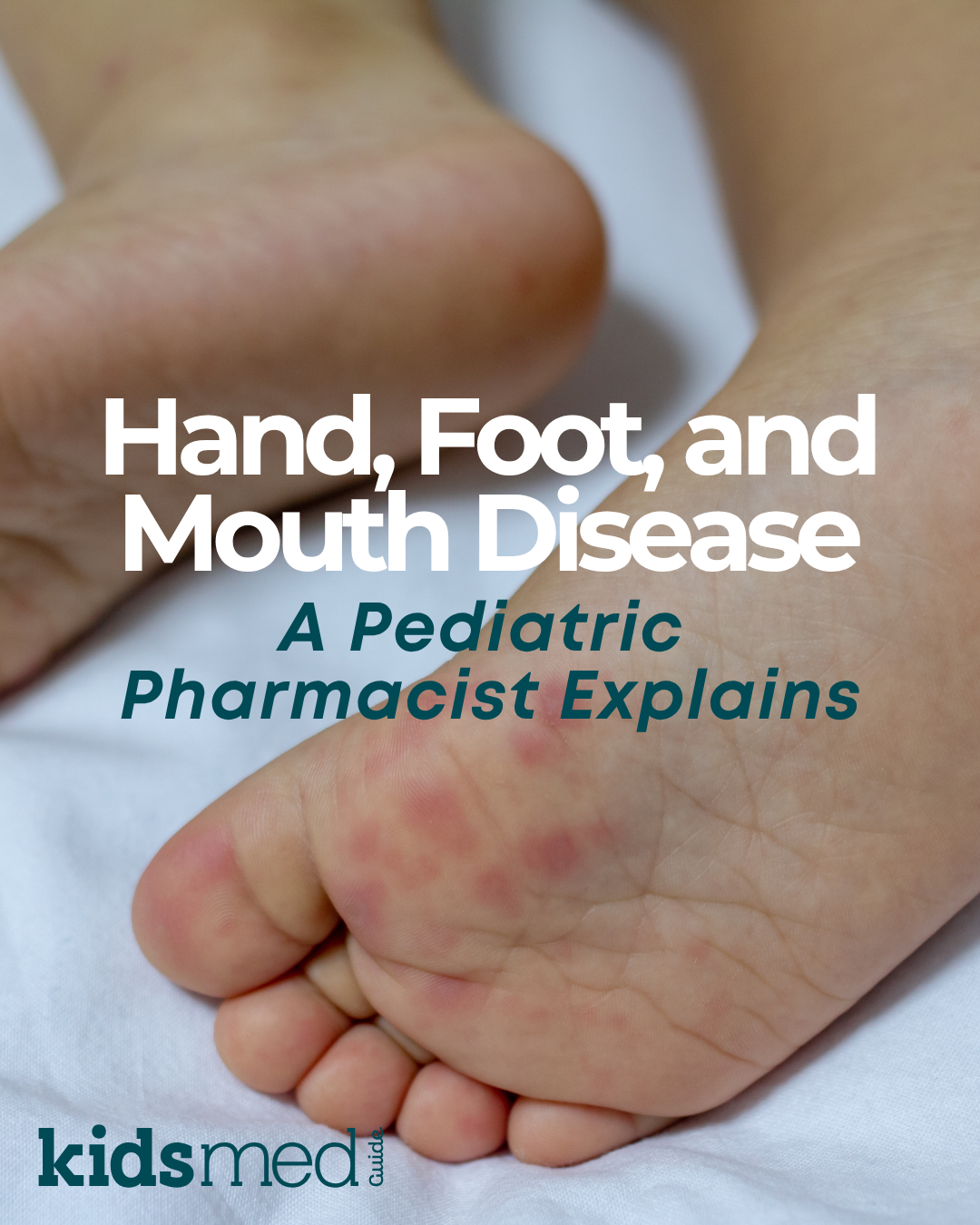
If you’ve ever received a daycare email saying “Three children in your child’s class have been diagnosed with hand, foot, and mouth disease,” you know that sinking feeling. Hand, foot, and mouth disease (HFMD) is one of those miserable childhood illnesses that spreads faster than glitter at the art table. By the time you realize it’s spreading, it’s already too late!
HFMD is usually mild, but it can sometimes be moderate-severe and cause significant discomfort. Cases of HFMD often peak in the summer months, and kids can get it more than once in their lives. Read our guide for tips on how to prevent HFMD and ways to help your child feel more comfortable if and when they do contract it!
What is Hand, Foot, and Mouth Disease?
Hand, foot, and mouth disease is a common viral illness caused most often by Coxsackievirus A16, which is a type of enterovirus. It mainly affects children under 5, but older kids (and sometimes adults) can catch it as well.
Typical symptoms include:
- Fever (usually the first sign, can last a few days, and can be high)
- Painful mouth sores (which can make eating or drinking difficult)
- Skin rash—flat or raised spots, sometimes with blisters—on the hands, feet, and sometimes buttocks or legs (I think it should be called hand, foot, mouth, and butt disease!)
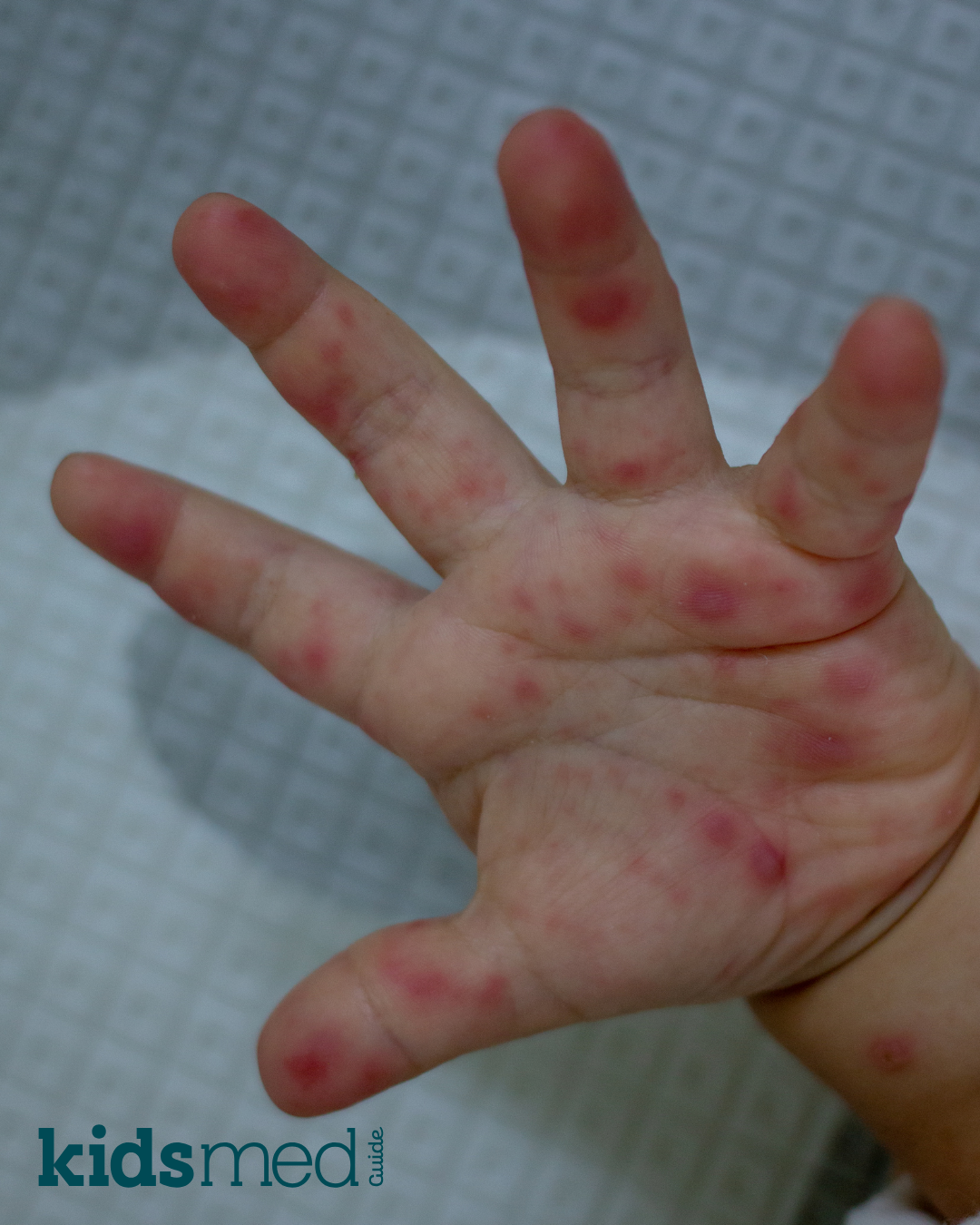
Symptoms can last 7-10 days. HFMD can be very painful and uncomfortable, but fortunately, serious complications are very rare. Most kids do fine with HFMD, with dehydration being the most considerable risk.
HFMD is not related to the “foot and mouth disease” that affects livestock. That’s an entirely different virus. (If you’ve never heard of HFMD until you received a notice from school or camp, and you immediately thought of mad cow disease and freaked out… don’t worry, you’re not alone. No relation to cows here, folks!)
Varying strains of coxsackievirus can also cause a very similar illness known as herpangina, which also causes a rash and painful red lesions with white blister-like ulcers in the mouth. Herpangina is very similar to HFMD, and treatment is the same. There is no relation to herpes, which is caused by an entirely different virus (Herpes Simplex Virus or HSV).
How HFMD Spreads
The virus spreads through:
- Respiratory droplets (sneezes, coughs)
- Direct contact with fluid from blisters
- Touching contaminated surfaces
- Contact with stool (for example, during diaper changes)
Kids are most contagious during the first week of illness, but can shed the virus in stool for several weeks after symptoms resolve. Yay. That means even after your child seems back to normal, the virus can still spread silently.
Because children can be contagious for so long, and because the incubation period is a few days, HFMD often spreads throughout an entire home or childcare center. Small localized outbreaks are common, especially in the summer months.
Prevention of Hand, Foot, and Mouth Disease
There’s no vaccine for HFMD, so prevention is all about reducing the spread.
Hand hygiene
- Wash hands often with soap and water for at least 20 seconds—especially after diaper changes, using the toilet, and before eating.
- Alcohol-based hand sanitizer can help, but soap and water are more effective against enteroviruses.
Disinfect high-touch surfaces
- Clean toys, doorknobs, and shared devices with an EPA-registered disinfectant effective against viruses.
Cover coughs and sneezes
- Encourage coughing/sneezing into the elbow, not hands.
Keep sick kids home
- Children with HFMD should stay home until the fever is gone and the mouth sores have improved enough for them to eat and drink comfortably. Some daycare centers and schools require that any visible blisters be covered and “crusted over,” meaning the fluid-filled vesicle has burst or deflated.
This is one of those annoying viruses for parents to deal with, because your child is miserable for a few days, then starts to feel a lot better, but can’t go back to school or camp until their rash has cleared up. You may be burning a lot of sick time if HFMD comes calling!
Treatment: Comfort and Symptom Relief
Unfortunately, there’s no specific antiviral medication for HFMD. Treatment focuses on keeping your child comfortable and hydrated while their immune system does the work. Rest is essential, and your child should be allowed to sleep, nap, and rest comfortably as needed.
Pain and fever management
- Acetaminophen (Tylenol®) or ibuprofen (Motrin®, Advil®) can reduce fever and ease mouth sore pain.
- Consider alternating acetaminophen and ibuprofen for optimal pain management if your child’s mouth sores are particularly bad and your child is having trouble drinking fluids.
- Always dose based on your child’s weight and follow pediatric dosing guidelines. Ibuprofen cannot be used in children under 6 months of age unless under the specific order of a pediatrician.
- Never use aspirin or aspirin-containing products for fever or pain management in children due to the risk of Reye’s syndrome.
Hydration
- Cold fluids and ice pops can soothe mouth pain and encourage fluid intake.
- Dehydration can settle in quickly due to fever and children being unwilling to drink fluids – monitor your kids closely and offer cold water or cold Pedialyte often.
- Avoid citrus or sour flavors, as well as hot drinks, as these can aggravate mouth sores.
Soft, bland foods
- Yogurt, mashed potatoes, applesauce, oatmeal, bananas, ice cream, and any cold, soft foods may be good options.
- Avoid hot or spicy foods, which can cause mouth sores to sting and may discourage your child from eating.
When to Call the Doctor
Seek medical care if your child:
- Has signs of dehydration (dry lips, fewer wet diapers, lethargy)
- Has a high fever (>102°F) lasting more than 3 days
- Shows unusual irritability, drowsiness, or trouble breathing
- Has symptoms that worsen or don’t improve after a few days
- Has severe pain of any kind
The Takeaway
Hand, foot, and mouth disease is a rite of passage for many kids. It's gross, messy, uncomfortable, and wildly contagious, but usually short-lived. Good hygiene, keeping sick children home, and emphasizing hydration and pain management are key.
As tempting as it is to Lysol the entire house, the most effective prevention is consistent handwashing and proper sick-day management. Check out our post for KidsMedGuide-approved sick day essentials. And yes, your child will likely catch HFMD at some point in their childhood. But now, you’re ready!
The following references were used to compile this information:
CDC. (2024, August 26). About Hand, Foot, and Mouth Disease. Hand, Foot, and Mouth Disease (HFMD). https://www.cdc.gov/hand-foot-mouth/about/index.html
Enterovirus (Nonpoliovirus) (Group A and B Coxsackieviruses, Echoviruses, Numbered Enteroviruses). (2024). https://doi.org/10.1542/9781610027373-S3_005_003
Solo-Josephson, P. & MD. (n.d.). Coxsackievirus Infections. Retrieved August 11, 2025, from https://kidshealth.org/en/parents/coxsackie.html

